You're standing in a gleaming kitchen, a symphony of sizzling pans and chopping knives filling the air. The aroma of possibility wafts around you as you adjust your chef's hat, ready to unleash your culinary revolution on the world. But hold your whisks, aspiring Gordon Ramsay! Before you can scream "It's RAW!" at your first unsuspecting customer, you need to master a different kind of recipe – one that doesn't involve food at all.
Welcome to the pressure cooker of the startup world, where your business plan is your menu, and your market analysis is your mise en place. Just as a master chef wouldn't dream of opening a restaurant without understanding their ingredients, a savvy entrepreneur doesn't launch a startup without dissecting their market. And in this high-stakes kitchen, three acronyms reign supreme: TAM, SAM, and SOM.

These aren't fancy French cooking terms or obscure spice blends. They're the secret sauce of market sizing, the holy trinity of business planning that separates the drive-thru duds from the Michelin-starred marvels. So grab your metaphorical tasting spoon, because we're about to embark on a mouthwatering journey through the bustling marketplace of ideas. By the time we're done, you'll be slicing and dicing market segments like a Benihana chef on steroids, ready to serve up a business plan so irresistible, investors will be fighting for a seat at your table.
Are you ready to turn up the heat and transform from a microwave maven to a market analysis maestro?
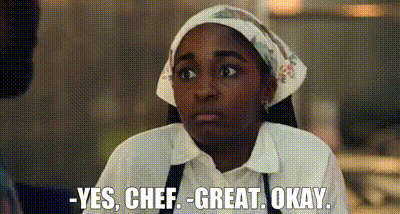
Then let's dive into this gourmet adventure and whip up a recipe for startup success that would make even Gordon Ramsay say, "Finally, some good f***ing market research!"
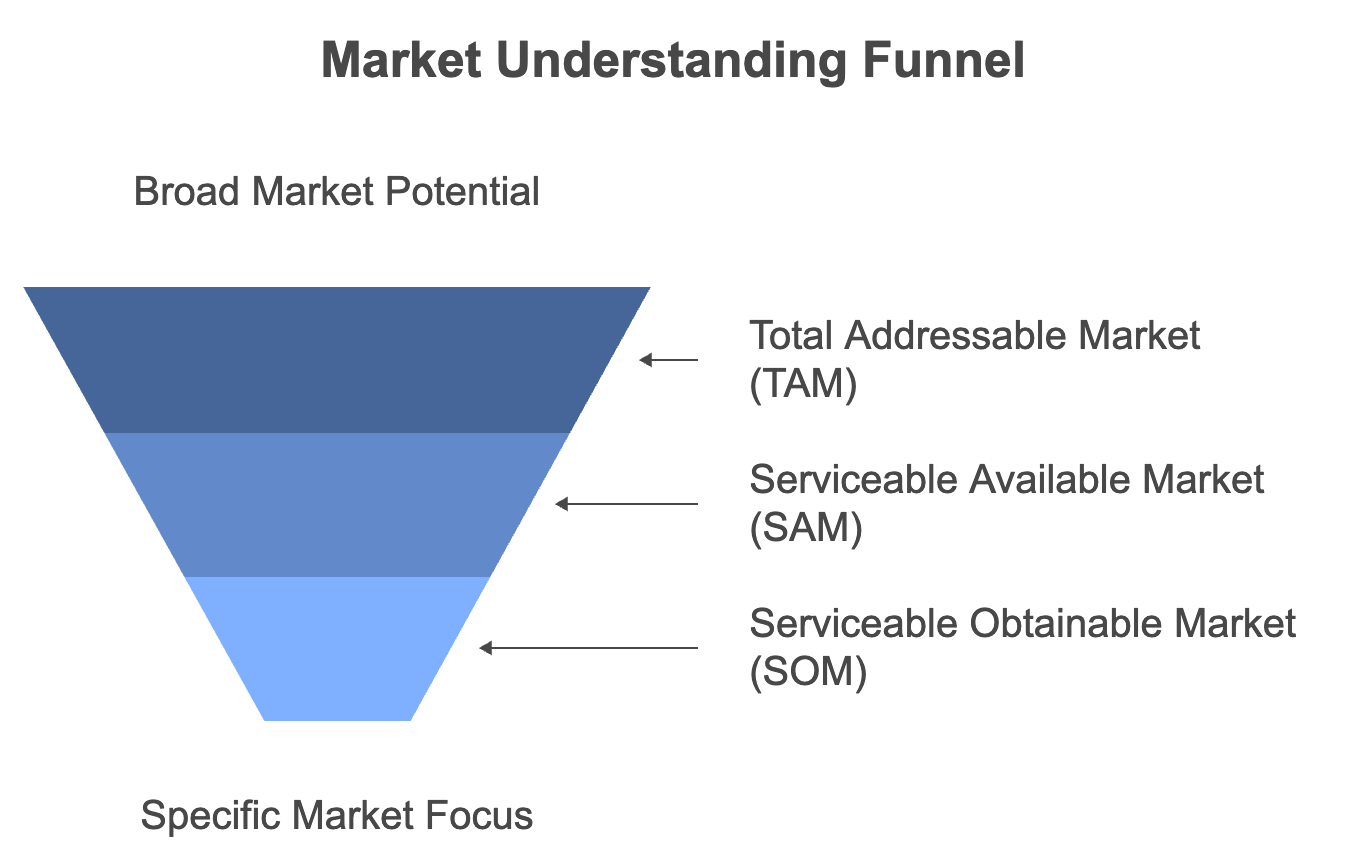
The Ingredients: TAM, SAM, and SOM
🌎 The Whole Pantry:
TAM (Total Addressable Market)
Think of TAM as every single ingredient available in the world. It's all the spices in India, all the cheeses in France, all the wines in Italy. It's an enormous, mouthwatering spread of potential. For a startup, TAM represents the total market demand for a product or service – the theoretical maximum you could sell if you had no competitors and could reach every single customer.
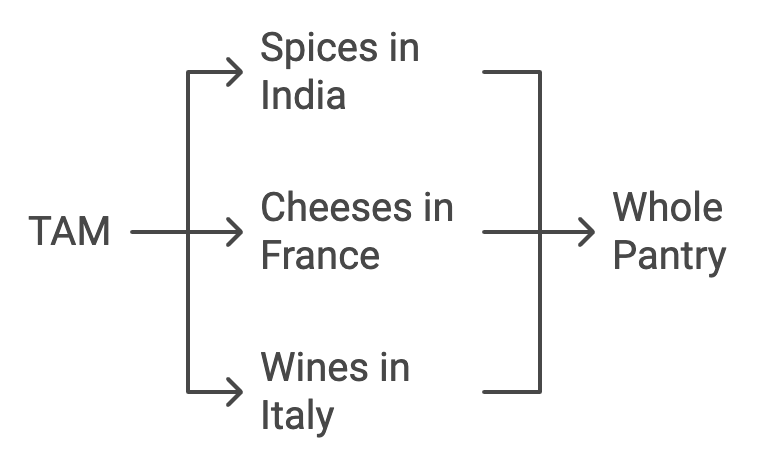
🛒 Your Local Market:
SAM (Serviceable Addressable Market)
SAM is like your local farmer's market – it's the portion of TAM that you can realistically reach with your business model and distribution channels. For your restaurant, it might be all the ingredients available in your city, or all the dishes that fit your cuisine style.
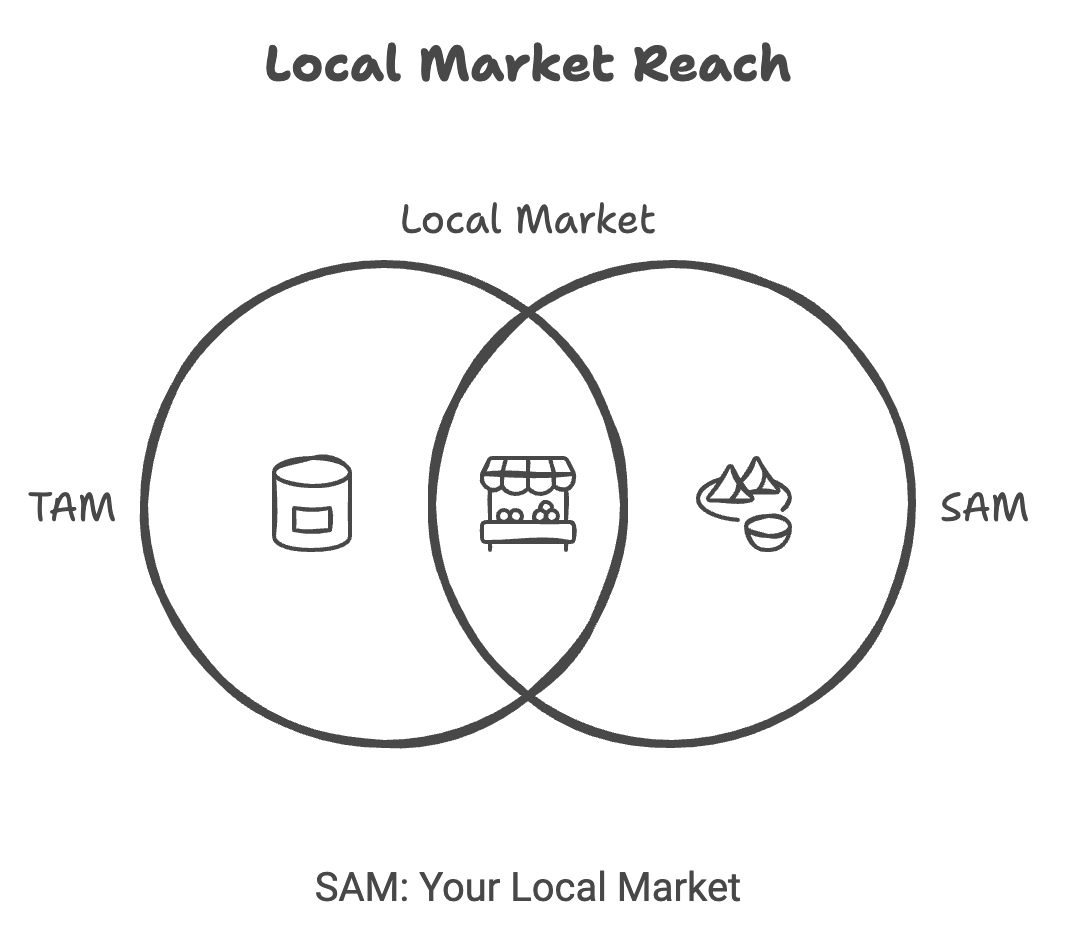
🍛 Your Menu:
SOM (Serviceable Obtainable Market)
Finally, SOM is your actual menu. It's what you can realistically cook and sell, given your skills, resources, and competition. In startup terms, it's the portion of SAM that you can capture in the short to medium term.
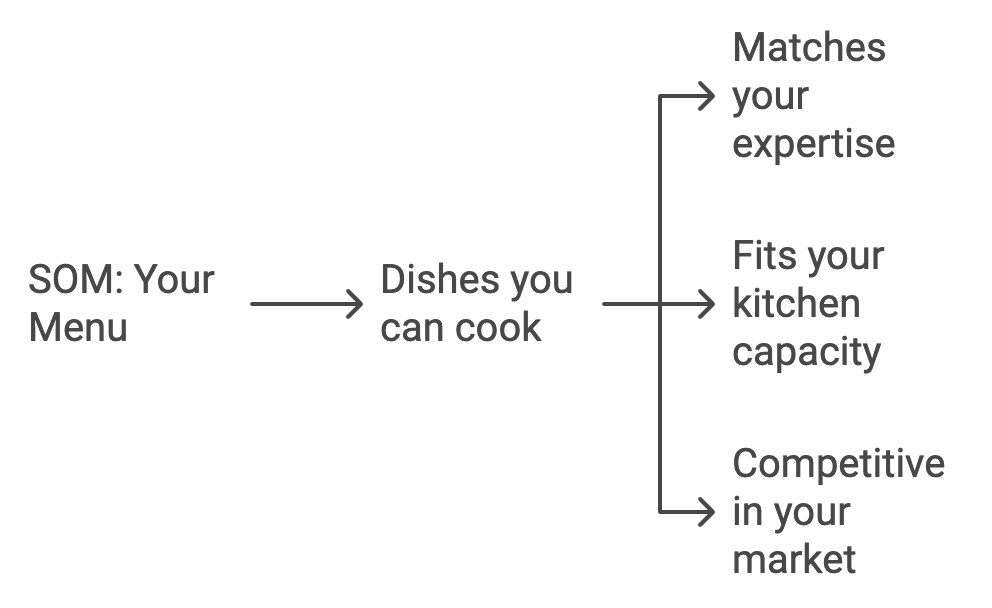
Why These Ingredients Matter
Understanding TAM, SAM, and SOM is like creating a well-balanced dish. It helps you:
- Set realistic goals: You wouldn't promise to serve every type of cuisine in the world. Similarly, understanding your SOM helps set achievable targets.
- Allocate resources: Knowing your SAM helps you decide where to focus your efforts, like choosing which ingredients to stock up on.
- Attract investors: A well-researched market analysis is like a mouthwatering menu – it makes investors want a taste of your business.
The Top Articles of the Week
100% Humanly Curated Collection of Curious Content
Cooking Methods:
Just as there are different ways to approach a recipe, there are different methods to calculate TAM, SAM, and SOM.

Top-Down and Bottom-Up Approaches
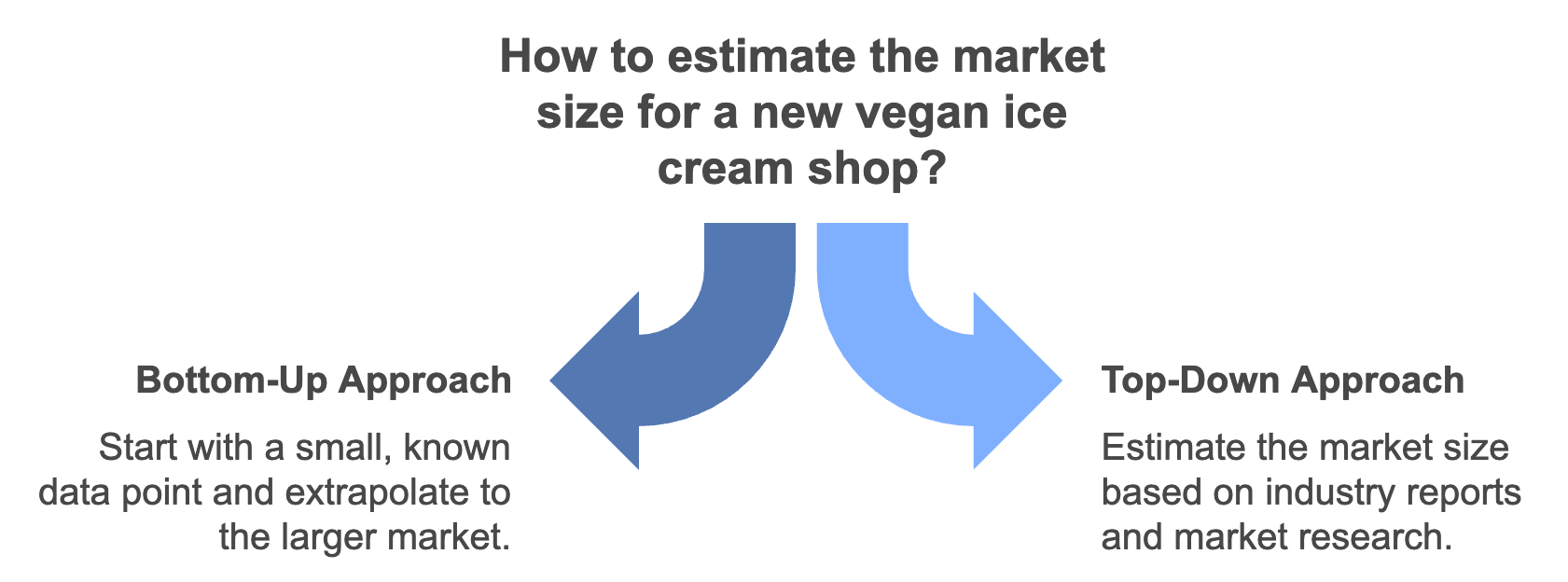
Top-Down Approach: The Cookbook Method
This is like starting with a full cookbook and narrowing down to the recipes you can actually make. You begin with the broadest market size and whittle it down based on your specific focus.
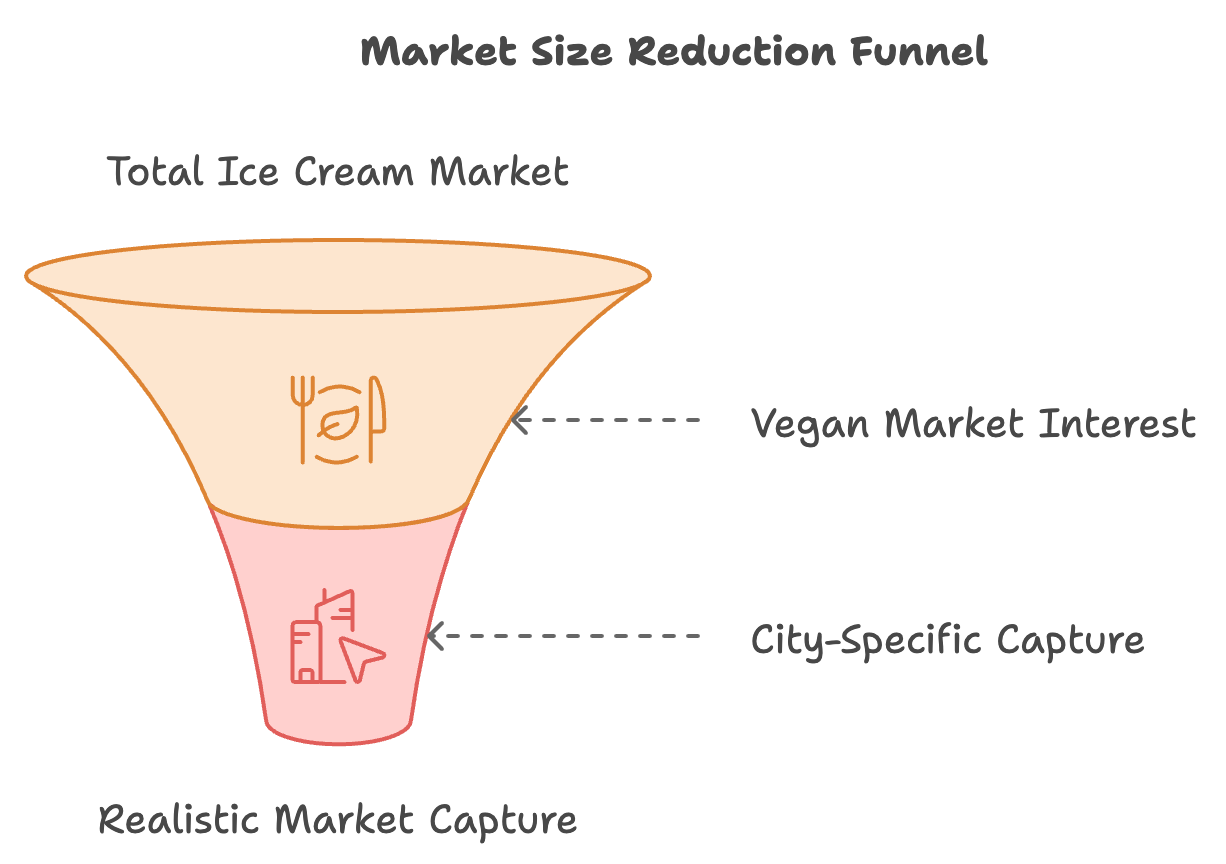
Example: Let's say you're opening a vegan ice cream shop.
- TAM: Total ice cream market in the US ($12 billion)
- SAM: Portion of market interested in vegan options (15% = $1.8 billion)
- SOM: Realistic capture in your city (1% of SAM = $18 million)
Bottom-Up Approach: The Taste Test Method
This is like starting with a single serving and scaling up. You begin with a small, known data point and extrapolate to the larger market.
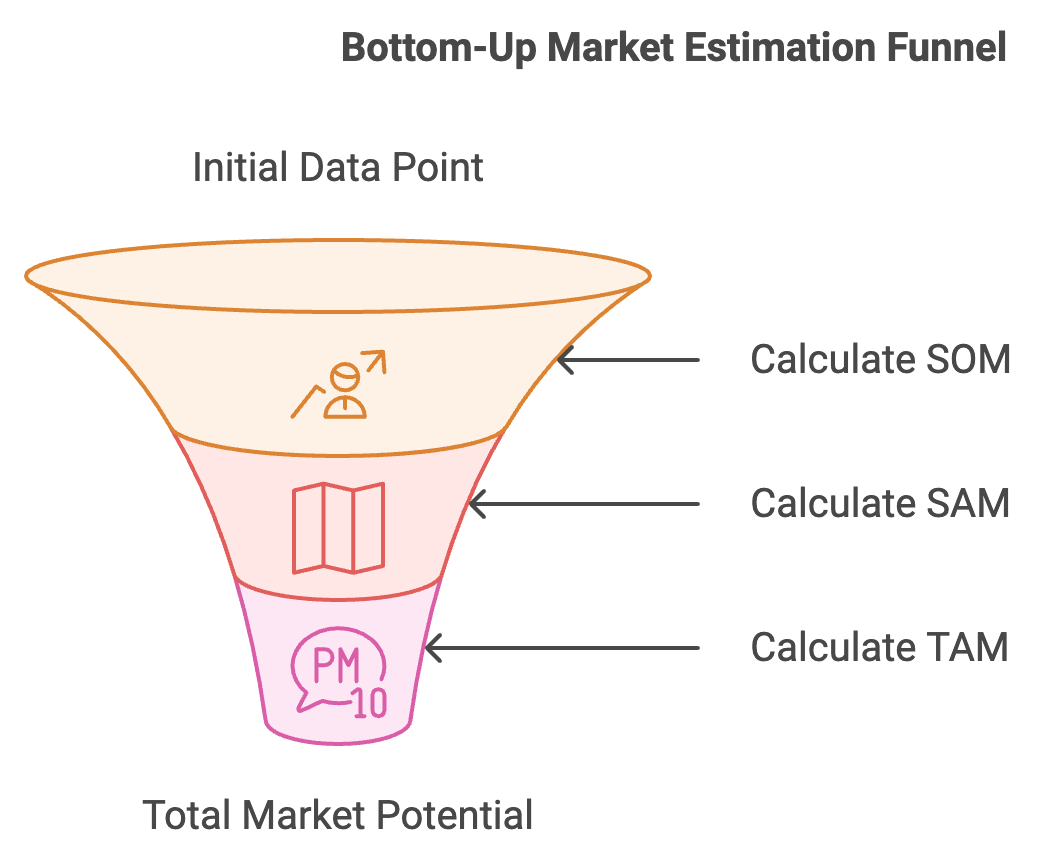
Example: Continuing with the vegan ice cream shop:
- Average customer spends $5 per visit
- You expect 100 customers per day
- Open 360 days a year
- SOM: 100 * $5 * 360 = $180,000 annual revenue
- SAM: If there are 100 similar locations in your city = $18 million
- TAM: If there are 1000 cities with similar potential = $18 billion
Real-World Tasting Menu: Case Studies
Let's look at how some successful startups have approached their market sizing:
Airbnb: From Air Mattresses to Global Hospitality
When Airbnb started, they didn't just look at the hotel industry. They considered their TAM as all accommodation spending, including hotels, hostels, and long-term rentals. This expansive view allowed them to see a much larger potential market.

- TAM: Global accommodation market ($3.1 trillion)
- SAM: Short-term rental market ($150 billion)
- Initial SOM: Focus on urban areas and events ($20 billion)
Uber: Driving Beyond Taxis
Uber's initial market sizing went beyond just the taxi market. They considered their TAM as all urban transportation spending.

- TAM: Global urban transportation market ($5.9 trillion)
- SAM: Ridesharing market in operational cities ($300 billion)
- Initial SOM: Early adopters in launch cities ($1 billion)
Seasoning to Taste: Industry-Specific Considerations
Just as different cuisines require different spices, various industries need different approaches to market sizing:
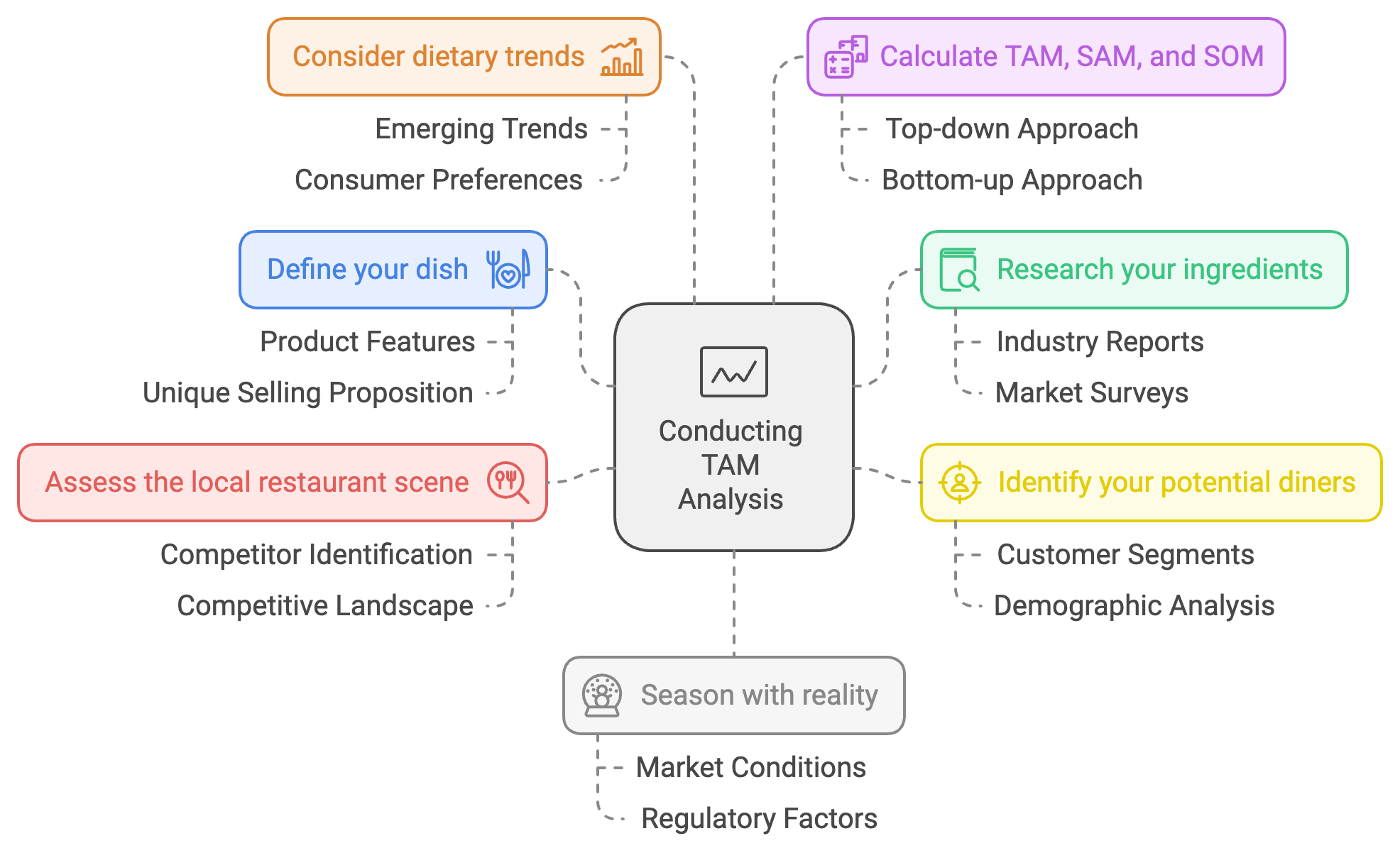
B2B vs B2C
- B2B: Often involves a smaller number of high-value customers. Market sizing might focus on the number of potential client companies and their budget allocations.
- B2C: Typically deals with a larger number of individual customers. Market sizing often considers population demographics and consumer spending patterns.
Software vs Hardware
- Software: May have a larger TAM due to easier scalability and distribution. Consider factors like device penetration and internet accessibility.
- Hardware: TAM might be more constrained by manufacturing and distribution capabilities. Consider factors like production costs and supply chain limitations.
Tasting Notes: Expert Opinions
Let's hear from some seasoned chefs in the startup world:
"Understanding your TAM is crucial, but don't get carried away. I've seen too many founders present unrealistic numbers. Your SAM and SOM are where the real meat is."
- Marc Andreessen, Co-founder of Andreessen Horowitz
"Market sizing isn't just about big numbers. It's about understanding your customer and the problem you're solving. A smaller market with a burning need is often better than a huge market with lukewarm interest."
- Steve Blank, Entrepreneur and Academician
A Wise Investment of Your Time
List of YouTube videos that captured my undivided attention.
Kitchen Tools: Resources for Market Sizing
Just as a chef needs the right tools, entrepreneurs need resources for accurate market sizing:
- Industry Reports: Gartner, Forrester, IDC
- Government Data: Census Bureau, Bureau of Labor Statistics
- Market Research Tools: Statista, IBISWorld
- Startup Databases: Crunchbase, PitchBook
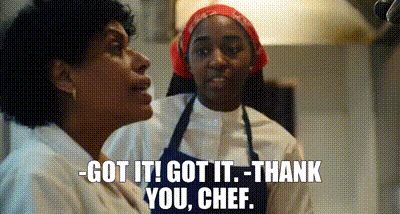
The Changing Menu: Dynamic Nature of Markets
Markets, like culinary trends, are always evolving. Your TAM, SAM, and SOM aren't static numbers – they can change due to: technological advancements, shifts in consumer behavior, regulatory changes, and economic factors
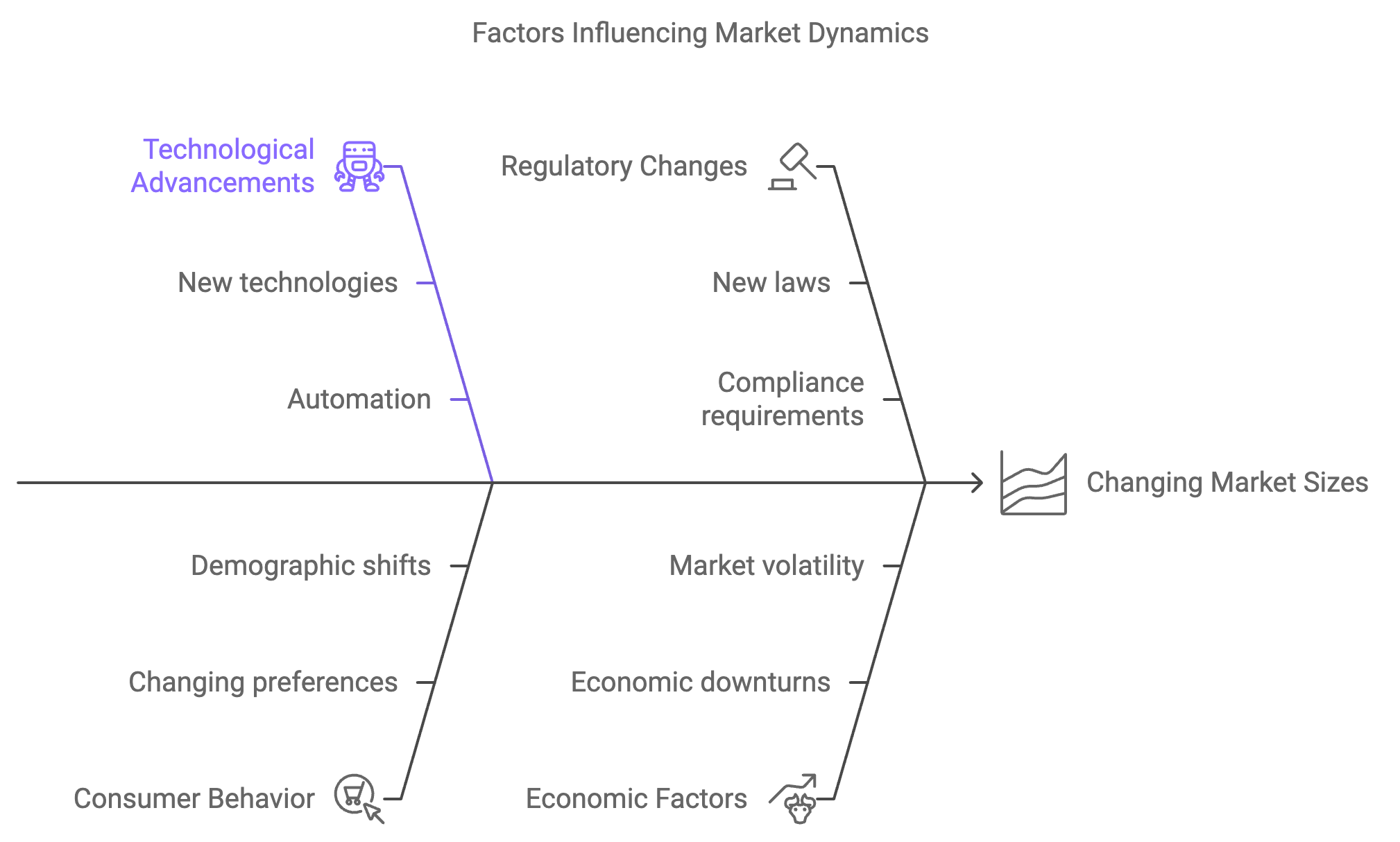
Regular reassessment is crucial. Think of it as updating your menu seasonally to keep up with changing tastes and available ingredients.
Recipe for Success: Conducting Your Own TAM Analysis
- Define your dish (product/service)
- Research your ingredients (market data)
- Identify your potential diners (target customers)
- Assess the local restaurant scene (competition)
- Consider dietary trends (market trends)
- Calculate your TAM, SAM, and SOM using both top-down and bottom-up approaches
- Season with reality (adjust for real-world factors)
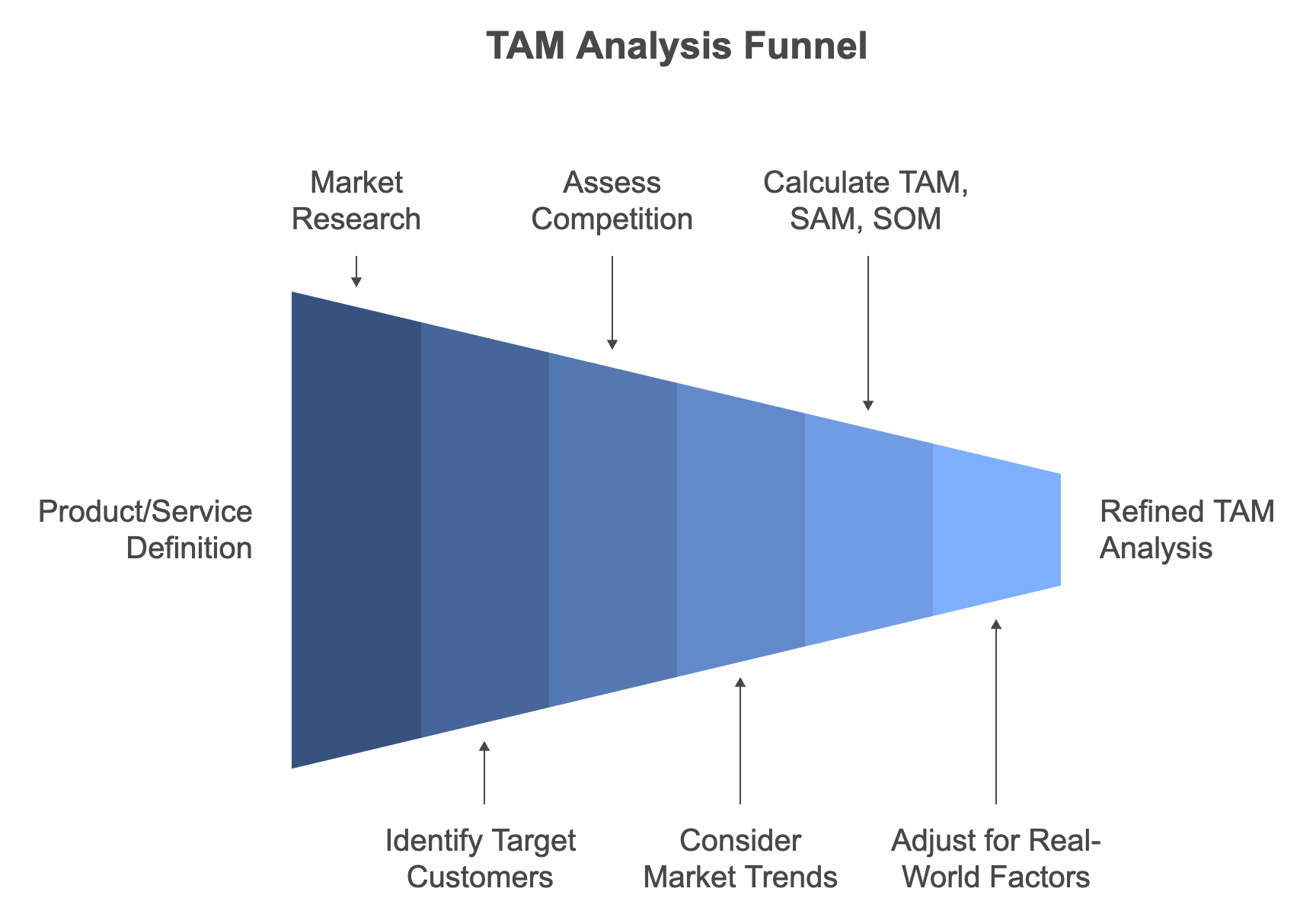
Pairing Suggestions: Relating Market Size to Business Strategy
Your market size analysis should inform other aspects of your business:
- Pricing Strategy: Your TAM and SAM can help determine if you should go for a premium or volume-based pricing strategy.
- Go-to-Market Plan: Your SOM should guide your initial target markets and customer segments.
- Fundraising: Investors will use your market size analysis to gauge your growth potential. Be prepared to defend your numbers!
Critique from the Food Critics: Addressing Limitations
While TAM, SAM, and SOM are valuable tools, they're not without limitations:
- Overestimation: It's easy to be overly optimistic. Always challenge your assumptions.
- Market Creation: For truly innovative products, there might not be an existing market to measure.
- Dynamic Markets: In fast-changing industries, today's TAM might be irrelevant tomorrow.
To address these, always:
- Use multiple data sources
- Be conservative in your estimates
- Regularly update your analysis
The Proof is in the Pudding
Understanding TAM, SAM, and SOM isn't just about measuring ingredients—it's about composing a masterpiece of market flavors. While the sizzle of a new fusion dish might set taste buds tingling, it's the profound understanding of your market that creates a Michelin-starred business. This isn't about tossing ingredients into a pot and praying for a miracle; it's about orchestrating a perfect harmony of flavors that resonate with your audience's palate and leave them craving more.
Picture yourself as the Gordon Ramsay of startups, constantly tasting, tweaking, and transforming your offering. The business landscape is a ever-changing menu, with new flavors emerging daily and yesterday's specials becoming today's passé dishes. Your market analysis isn't a one-and-done recipe—it's a living, breathing culinary experiment that demands your constant attention and refinement.
So, startup chef, are you prepared to embark on this epicurean expedition?
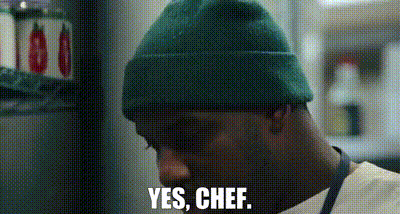
Remember, your goal isn't to create an all-you-can-eat buffet that caters to every whim. It's about crafting that signature dish—that perfect business model—that makes the market weak in the knees and has investors lining up around the block.
Your TAM is the vast ocean of possibilities, your SAM the fertile fishing grounds, and your SOM the prized catch that will have critics raving. Don't just satisfy hunger—create cravings. Don't just fill a gap in the market—carve out a niche that becomes the stuff of legend.
Now, strap on your chef's hat, sharpen your knives of analysis, and fire up the stoves of innovation. It's time to cook up a storm that will revolutionize the market and leave your competition eating dust. After all, in the high-stakes kitchen of entrepreneurship, you're not just making a meal—you're making history.
Bon appétit, and may your business be as irresistible as a perfectly caramelized crème brûlée!

Don't forget to check out the weekly roundup: It's Worth A Fortune!




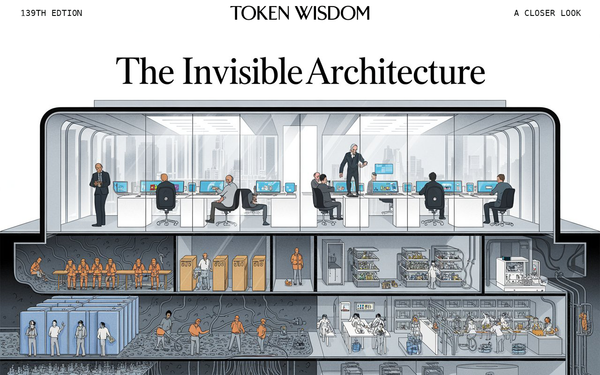



Member discussion